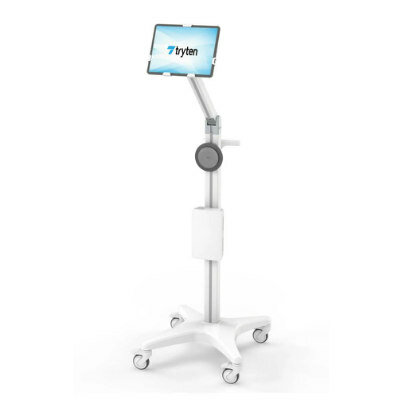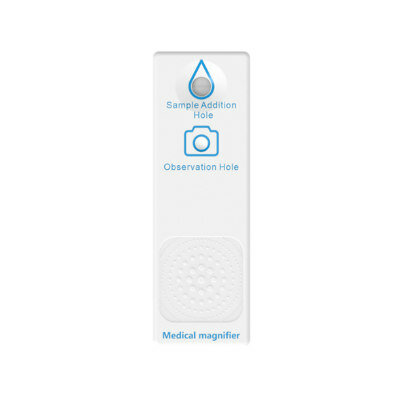AI-Driven Prediction Models Accurately Predict Critical Care Patient Deterioration
|
By HospiMedica International staff writers Posted on 10 Apr 2024 |
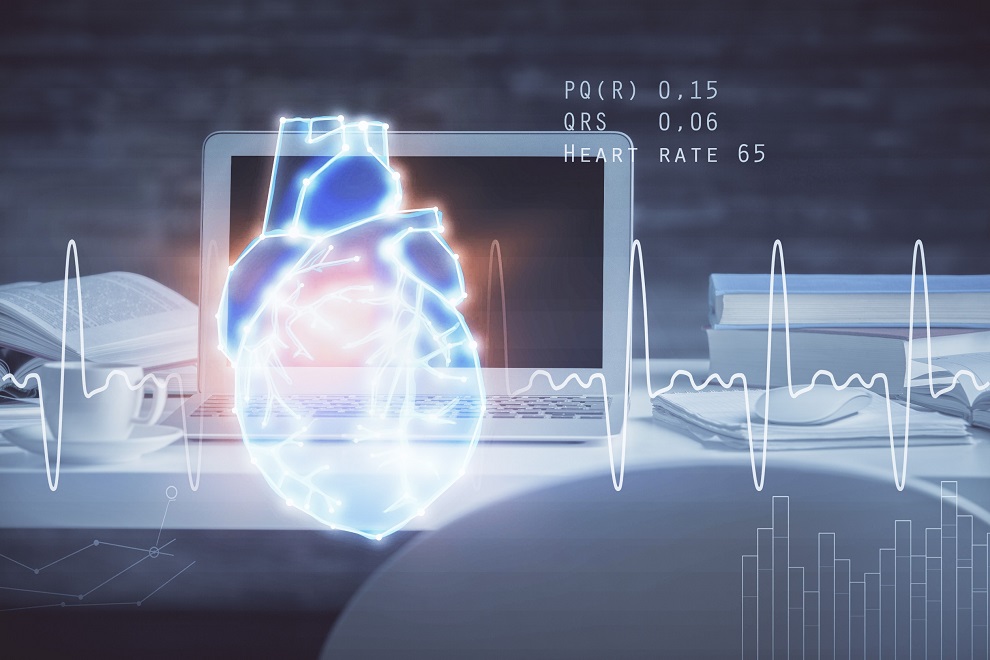
An intelligent clinical surveillance platform, powered by AI-driven prediction models for patient deterioration and best practice clinical protocols, provides insights based on real-time patient physiology and allows caregivers the opportunity to offer proactive clinical care.
CLEW Medical, Inc. (Netanya, Israel) has developed the CLEW system, a revolutionary tool designed to alert medical staff to the likelihood of patient deterioration up to eight hours earlier than traditional monitoring systems. This advanced warning system enables timely interventions that can reduce complications and fatalities. The CLEW system is adept at predicting both high and low risks of respiratory failure and hemodynamic instability, which are among the most frequent issues impacting patients in intensive care units (ICUs). By providing an early warning when a patient is at high risk of experiencing one of these critical conditions, the system offers healthcare providers the crucial window they need to act before the patient's condition visibly worsens. Early interventions could mean preventing the need for drastic measures like mechanical ventilation for severe respiratory distress and assisting in managing hospital capacity by identifying potential bottlenecks caused by a sudden decline in the patient’s condition.
A comparative study in ICUs evaluated the effectiveness of the CLEW system against the accuracy and utility of alerts of the most widely used telemedicine and bedside monitoring systems. The findings not only highlighted its superior precision but also revealed that the CLEW system produced significantly fewer alarms—50 times less than its counterparts. In the high-pressure settings of ICUs, where staff are constantly managing critical situations, reducing alarm fatigue and the mental load on healthcare workers is crucial. The reduction in false alarms leads to fewer disruptions, contributing to a quieter, more serene ICU atmosphere. The research indicated that, on average, 98% of alarms from standard bedside monitors (equating to 147 out of 150 per patient per day) were false alarms. With its infrequent yet more accurate alerts, the CLEW system was recognized for its potential to alleviate ICU burnout syndrome by lowering unnecessary stress and tasks for the medical staff.
Latest Critical Care News
- Novel Coating Significantly Extends Longevity of Implantable Biosensors
- Nanogel-Based Drug Delivery Technology to Improve UTI Treatment
- New IV Pole Improves Safety and Ease of Administering IV Medications at Hospital Bedside
- Battery-Powered Wearable Device Monitors Joint Pain

- Wireless Pacifier Monitors Vitals of NICU Babies Without Need for Painful Blood Draws
- Breakthrough Sensor Technology Tracks Stroke After Effects
- New Study Demonstrates AI-Assisted Detection of Reduced Ejection Fraction
- Novel 3D Adipose Tissue Bioprinting Method to Find Applications in Regenerative Medicine
- Miniaturized Pacemaker for Newborns Found Safe and Effective for Up to Two Years
- World’s First 3D Neural Electrode Uses Soft Actuation Technology to Avoid Nerve Damage
- Smartwatch Algorithm Detects Cardiac Arrest

- Blood-Brain Barrier “Organ Chip” Treats Brain Tumors Unreachable by Chemotherapy
- AI Model Could Use ECG Tests to Detect Premature Aging and Cognitive Decline
- World-First Technology Uses Real-Time ECG Signal Analysis for Accurate CVAD Placement

- AI Outperforms Humans at Analyzing Long-Term ECG Recordings
- Smart Sensor Enables Precise, Self-Powered Tracking of Healing Wounds
Channels
Artificial Intelligence
view channel
Innovative Risk Score Predicts Heart Attack or Stroke in Kidney Transplant Candidates
Heart researchers have utilized an innovative risk assessment score to accurately predict whether patients being evaluated for kidney transplants are at risk for future major cardiac events, such as a... Read more
AI Algorithm Detects Early-Stage Metabolic-Associated Steatotic Liver Disease Using EHRs
Liver disease, which is treatable when detected early, often goes unnoticed until it reaches advanced stages. Metabolic-associated steatotic liver disease (MASLD), the most prevalent form of liver disease,... Read moreSurgical Techniques
view channel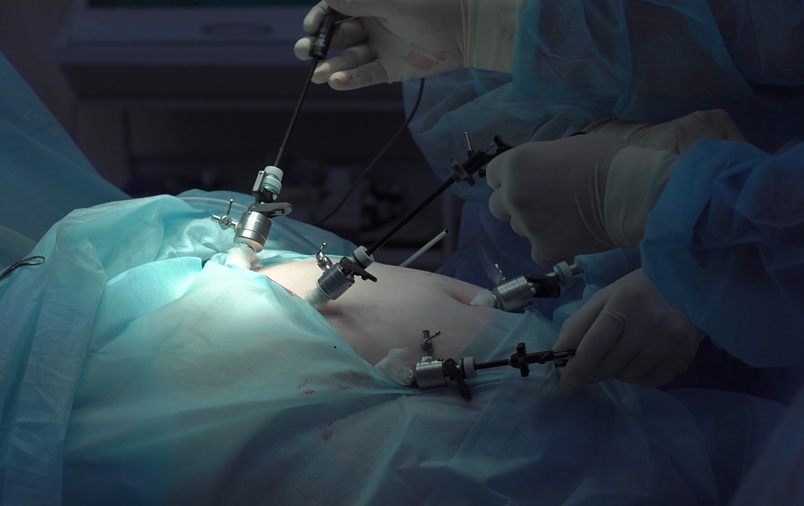
Easy-To-Apply Gel Could Prevent Formation of Post-Surgical Abdominal Adhesions
Surgical adhesions are a frequent and often life-threatening complication following open or laparoscopic abdominal surgery. These adhesions develop in the weeks following surgery as the body heals.... Read more
Groundbreaking Leadless Pacemaker to Prevent Invasive Surgeries for Children
Leadless pacemakers marked a significant advancement in cardiac care, primarily because traditional pacemakers are dependent on leads, which are prone to breakage over time. Currently, two FDA-approved... Read morePatient Care
view channel
Portable Biosensor Platform to Reduce Hospital-Acquired Infections
Approximately 4 million patients in the European Union acquire healthcare-associated infections (HAIs) or nosocomial infections each year, with around 37,000 deaths directly resulting from these infections,... Read moreFirst-Of-Its-Kind Portable Germicidal Light Technology Disinfects High-Touch Clinical Surfaces in Seconds
Reducing healthcare-acquired infections (HAIs) remains a pressing issue within global healthcare systems. In the United States alone, 1.7 million patients contract HAIs annually, leading to approximately... Read more
Surgical Capacity Optimization Solution Helps Hospitals Boost OR Utilization
An innovative solution has the capability to transform surgical capacity utilization by targeting the root cause of surgical block time inefficiencies. Fujitsu Limited’s (Tokyo, Japan) Surgical Capacity... Read more
Game-Changing Innovation in Surgical Instrument Sterilization Significantly Improves OR Throughput
A groundbreaking innovation enables hospitals to significantly improve instrument processing time and throughput in operating rooms (ORs) and sterile processing departments. Turbett Surgical, Inc.... Read moreHealth IT
view channel
Printable Molecule-Selective Nanoparticles Enable Mass Production of Wearable Biosensors
The future of medicine is likely to focus on the personalization of healthcare—understanding exactly what an individual requires and delivering the appropriate combination of nutrients, metabolites, and... Read more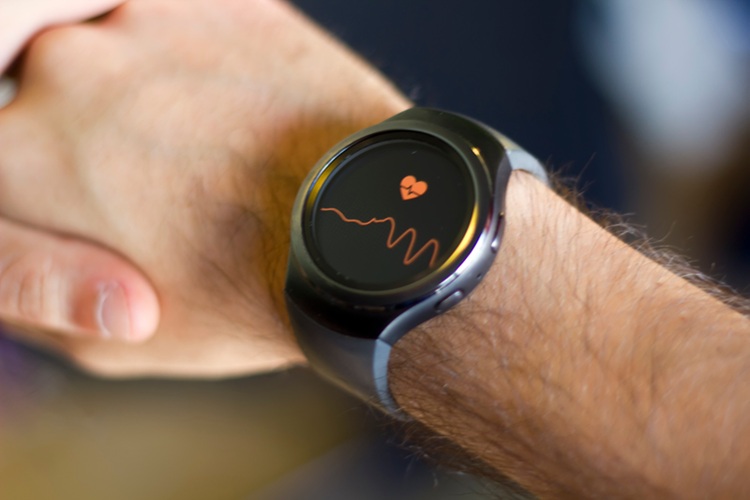
Smartwatches Could Detect Congestive Heart Failure
Diagnosing congestive heart failure (CHF) typically requires expensive and time-consuming imaging techniques like echocardiography, also known as cardiac ultrasound. Previously, detecting CHF by analyzing... Read morePoint of Care
view channel
Handheld, Sound-Based Diagnostic System Delivers Bedside Blood Test Results in An Hour
Patients who go to a doctor for a blood test often have to contend with a needle and syringe, followed by a long wait—sometimes hours or even days—for lab results. Scientists have been working hard to... Read more
Smartphone-Enabled, Paper-Based Quantitative Diagnostic Platform Transforms POC Testing
Point-of-care diagnostics are crucial for public health, offering rapid, on-site testing that enables prompt diagnosis and treatment. This is especially valuable in remote or underserved regions where... Read moreBusiness
view channel
Becton Dickinson to Spin Out Biosciences and Diagnostic Solutions Business
Becton, Dickinson and Company (BD, Franklin Lakes, NJ, USA), has announced that its board of directors has unanimously authorized BD management to pursue a plan to separate BD's Biosciences and Diagnostic... Read more








